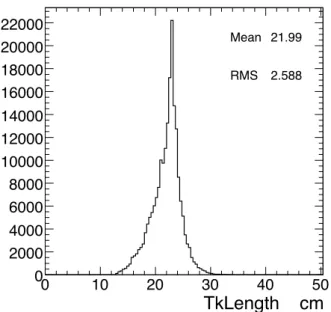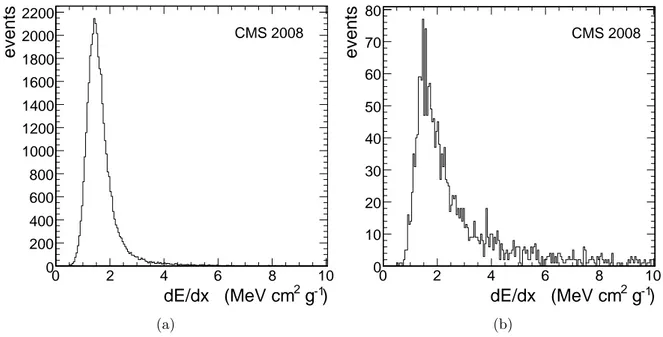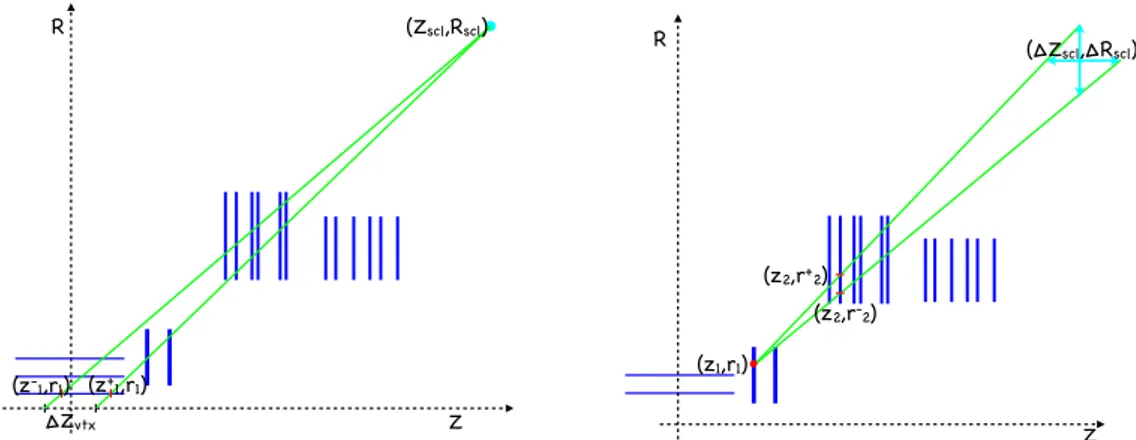First measurement of the WZ production cross section with the CMS detector at the LHC
Texte intégral
Figure
![Figure 1.5: [19] On the left: the p T spectrum for the leading lepton in W − Z production](https://thumb-eu.123doks.com/thumbv2/123doknet/2541121.54335/26.892.120.776.147.392/figure-left-t-spectrum-leading-lepton-w-production.webp)
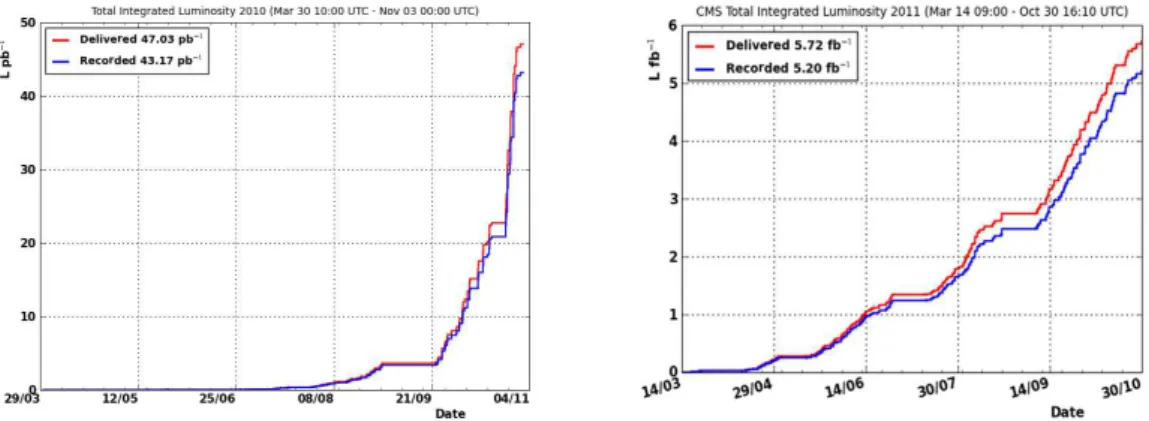
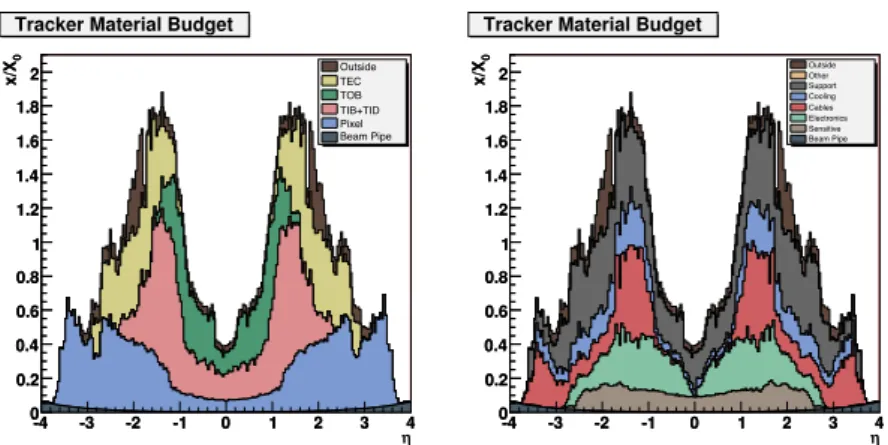
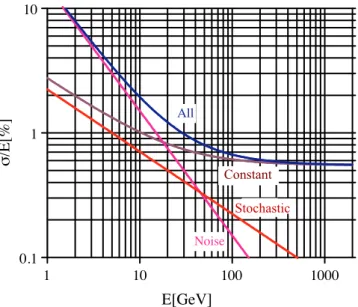
Documents relatifs
ZN event activity dependence of the ψ(2S) (red) production for backward (top panel) and forward (bottom panel) rapidity compared to the J/ψ results (green). The horizontal
The corresponding cross- sections (pb), generator names, generator level filter efficiencies and total numbers of events are shown in this Table.. NpX (X=0..5) in the process
intercalibration from the data stored in the construction Data Base (the principal information is the light yield measured in the Regional Centers, corrected for capsule
2 Also at State Key Laboratory of Nuclear Physics and Technology, Peking University, Beijing, China.. 3 Also at Institut Pluridisciplinaire Hubert Curien, Université de
Cette frontière prend corps dans la réalité, mais aussi dans la perception de l’individu, qui anticipe le contact avec cette dernière en répondant implicitement à la question «
The geometric acceptance of the detector and the selection efficiency are estimated using sim- ulated data. The difference from observations on data control samples allows to
While the polarisation of single W and Z polarisation is presented in bins of boson momentum and pseudorapidity, the W Z polarisation measurement will be fully inclusive, a
In this thesis, we have considered the problem of the existence of solutions of mild solutions for some classes of non–autonomous second order semi-linear functional


